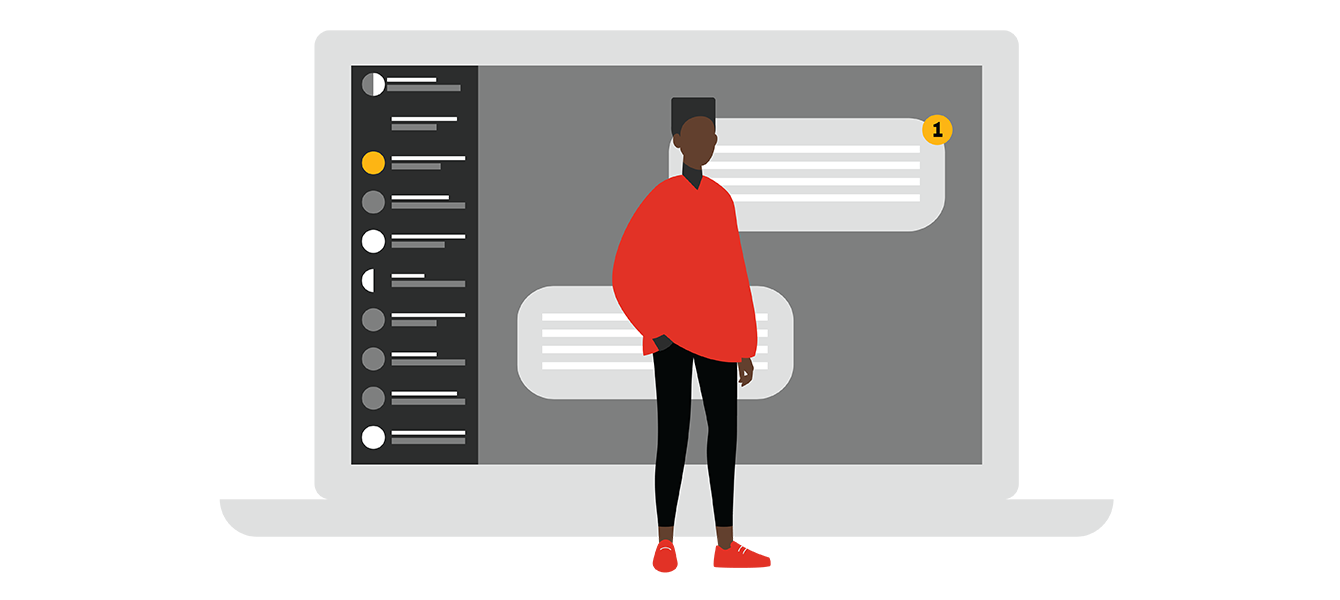

24 February, 2023
In November 2022, OpenAI opened the beta version of ChatGPT to all registered users. As a result, the chatbot based on the GPT 3.5 language model became a talking point worldwide. At the same time, the tool's wide range of possible uses increasingly poses the question: how can companies use AI's potential to create added value?
While some use cases are obvious, others are not so immediately apparent. Now that ChatGPT has overcome the initial barrier to experimenting with generative AI like this, this is a question that's definitely worth tackling. This is why we are showing here the opportunities that technology offers for the operative corporate division.

OpenAI is a US artificial intelligence research laboratory founded at the end of 2015 by entrepreneurs such as Elon Musk, Peter Thiel and Sam Altman. Its aim was to research and develop AI to benefit all of humanity. In 2019, OpenAI changed its charter from “Non-Profit” to “For-Profit”/“Capped-Profit” – meaning that each investment in the organisation has a profit cap of 100x.
ChatGPT is just the latest in a series of powerful machine learning products from OpenAI. The organisation has significantly improved the chatbot by training it on a larger database (which is largely based on many billions of web pages and therefore also includes digitised books, articles and Wikipedia entries) as well as advanced internal parameters. The system is based on the GPT models and has been specially trained as a chatbot. It should therefore be able to process several rounds of user feedback and reciprocal interactions.
OpenAI’s portfolio includes the following solutions:
Before companies simplify their day-to-day business with ChatGPT and inspire employees, partners and customers with a new user experience, there are a few things to consider.
First things first: Companies must define unique use cases in order to evaluate the required data records based on existing ERP systems such as SAP S/4HANA or Oracle. This ensures that ChatGPT is not only trained on company and function-specific formulations and languages, but also generates proper dialogues. For example, if operational support is planned for the procurement function, ChatGPT must have access to the correct department abbreviations and underlying order data.
Companies should take full advantage of the opportunities offered. This is the first time they have had the opportunity to easily establish generative AI use cases with ChatGP – so the focus must be on the opportunities. This is the only way to make the step towards the workplace of the future. Starting with a proper pilot project builds trust and helps to develop further company-specific use cases.
In principle, companies should never rely entirely on artificial intelligence. Traditional IT projects require proper testing of the results provided to avoid misleading interactions between the system and the user. However, for AI applications, testing must not be limited to initial setup of ChatGPT or any other AI application. As the AI engine evolves continuously and open source, continuous monitoring of application behaviour is critical to long-term user adoption, output quality and success.

With a view to the possibilities for company-wide use, we see a wide range of use cases, especially for operations, in order to support user interaction not only transactionally but also strategically. As food for thought, we have already identified the first use cases.
Use cases for purchasing
These possibilities show that there are already countless enterprise-specific AI use cases across all major operations areas. Technology is currently on the verge of broad implementation – however, disruptive breakthroughs call for bold steps. The key challenge for companies now is to define suitable scenarios for piloting and rapid scaling.
We offer our customers a design thinking approach to deploying ChatGPT/OpenAI solutions.
Through our Design Thinking workshops, we follow an iterative process that aims to look at challenges from the user’s perspective and identify solutions based on ChatGPT/OpenAI capabilities. The overarching goal: initial pilot applications and prototypes.
The key to the design thinking approach's success is the stakeholders involved. For the best possible result, we recommend a domain-specific set-up (e.g. procurement, supply chain, production, R&D) and clear guiding principles (e.g. increase in user satisfaction, reduction in throughput times).
We accompany and guide our customers through a proven five-step approach from understanding the current challenges to final implementation:
First, we collate the requirements of users and departments in order to better understand individual needs. At the same time, we create a basic understanding of the ChatGPT/OpenAI solution within the organisation.
The greatest advantage of design thinking is not only the quick identification of improvement opportunities, but also the rapid validation and prototyping. This is critical for a technology as rapidly scaling as ChatGPT to stay ahead of the market.
Within 14 days, our experts are able to verify the product range, the needs it addresses, and industry knowledge, and translate all this into a helpful design thinking approach.
“ChatGPT harbours great potential for a wide range of use cases for business operations. However, in order to use this, we need a good sense of the needs of the specialist departments and a structured approach in the development of prototypes.”

Director, Data & Analytics, Operations Transformation, PwC Germany
Tel: +49 151 15535019

